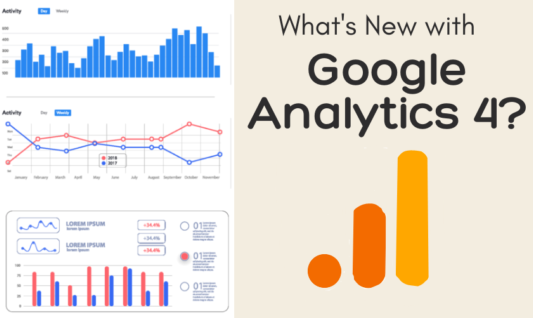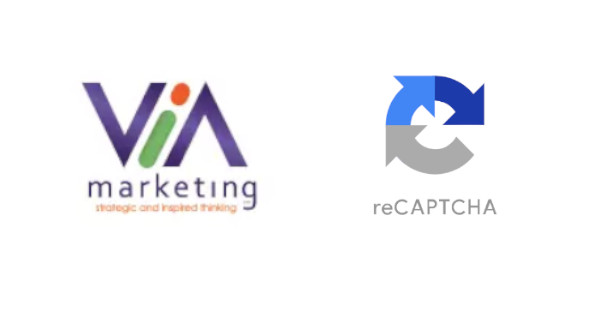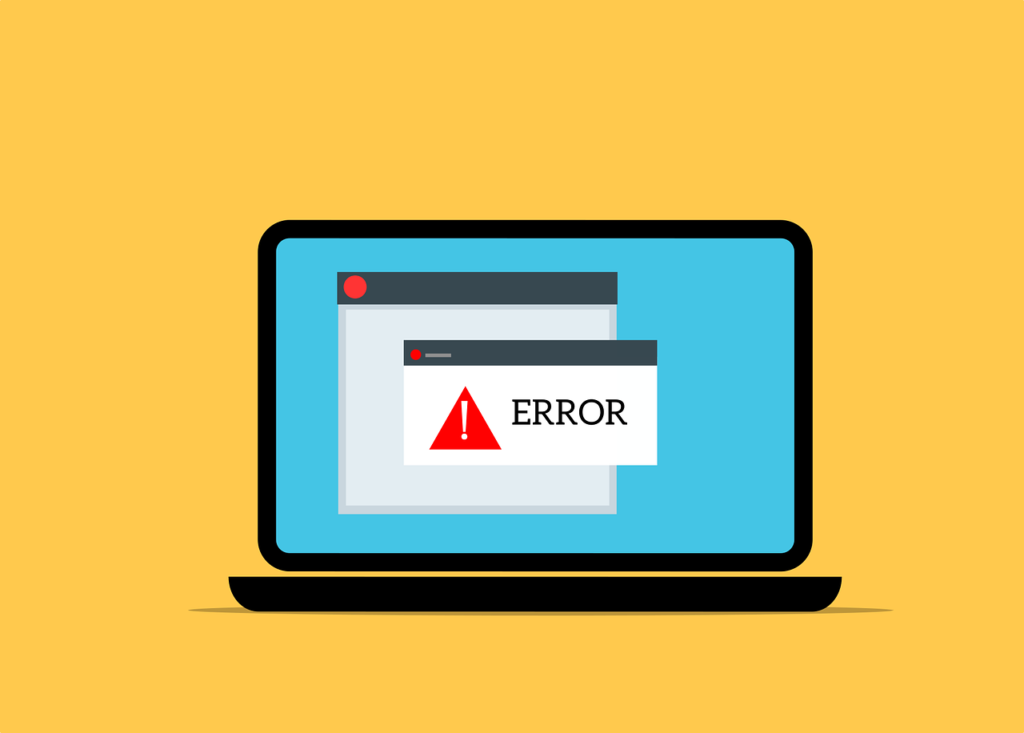Let’s start with the basics.

What is Google Analytics?
Google Analytics may sound intimidating and overwhelming, but it’s worth it and a helpful tool in your toolbox.
This data-collecting service provides statistics and is an essential search engine optimization and marketing tool. The software is used to track website performance and collect visitor insights.
It helps organizations determine the top sources of user traffic, gauge the success of their marketing activities and campaigns, track goal completions, discover patterns and trends in user engagement, and get other visitor information, such as demographics.
What are Universal Analytics (UA) and Google Analytics 4 (GA4)?
Why is Google Analytics forcing the switch?
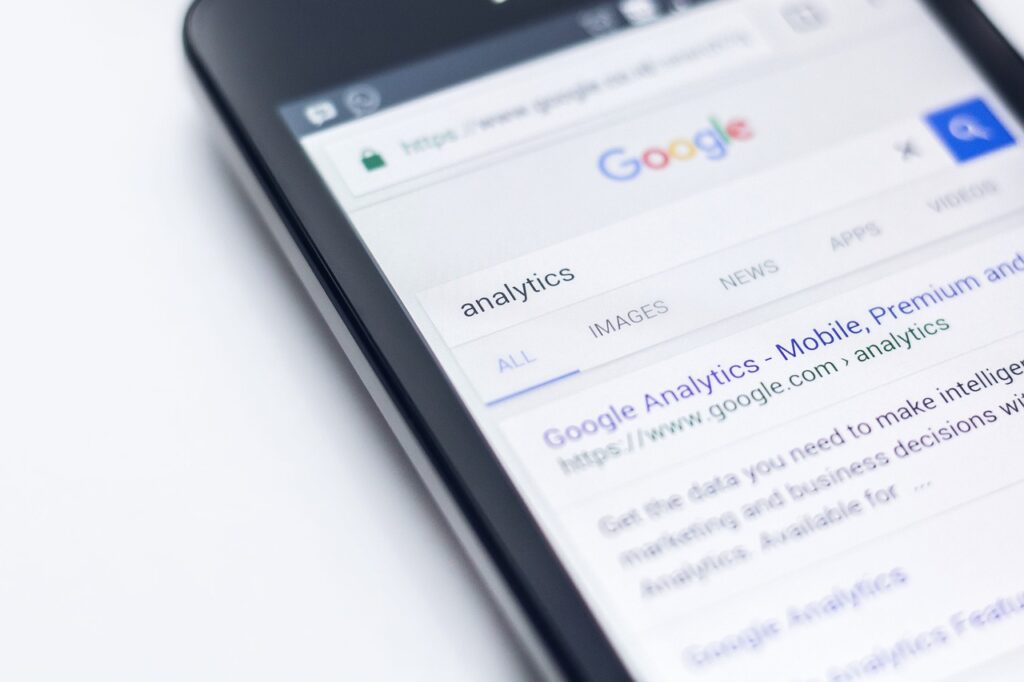
In 2012, during a much simpler time, Google introduced Universal Analytics. Even though it doesn’t seem that long ago, the only way you could measure data was on a desktop and with cookies. Unfortunately, these are not the cookies you eat.
They collect data to provide a more personalized experience for visitors. There are two different types: first-party and third-party cookies. Google recently announced the elimination of third-party cookies, causing companies to adjust.
The old method of measuring data from cookies is quickly becoming obsolete. Conversely, Google built the new Google Analytics 4 to operate across platforms, not rely only on cookies, and use an event-based data model to deliver user-friendly measurements.
Event-based data tracks interactions between users and your website. An event is any action that occurs within a digital touchpoint, such as a mobile app, email, CRM, or webpage. User attributes such as location, device, language, mobile number, etc., are also recorded.
Google Analytics 4 also provides a lot of significant new improvements while making the service more user-friendly.
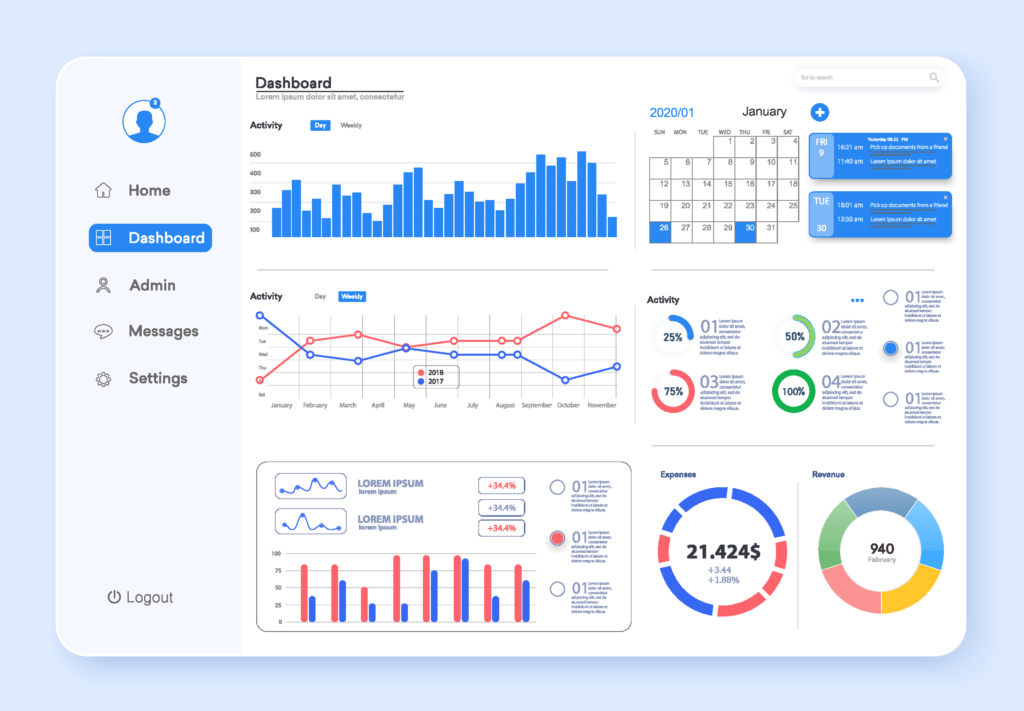
Improvements include:
- Increasing privacy protection and control.
- Tracking both websites and apps is all in the same place.
- Tracking primary events automatically, such as scrolling, outbound link clicks, document clicks, and website searches.
- Improving visualization of the consumer’s journey and a deeper understanding of how users navigate your website.
- Exporting complex raw data for free to BigQuery, a fully managed enterprise data warehouse that helps you manage and analyze your data with built-in features like machine learning, geospatial analysis, and business intelligence.
- Reviewing your entire tracking setup to ensure you achieve your overall goals.

How soon do you need to make the switch for your business?
As of July 1, 2023, standard Universal Analytics software will no longer process data. You can access previously processed data in the standard software for at least six months. However, recent data will only flow into the new software. If you don’t have a previously created account, you have nothing to worry about; new accounts will open using the newly updated software.
Even though Google Analytics 4 is supposed to be more user-friendly, it has a learning curve for new users. The setup is quite different, and it introduces new terminology and features to help you better understand your target audience and increase your overall sales. Regarding your monthly Google ad reports, you will still receive those, but they will look slightly different.
What if you need help transferring over or if you have further questions?
Google Analytics 4 could provide the insight you need to be one step ahead of your competition. VIA Marketing will help ensure smooth, effortless transitions and transfers the latest marketing analytic tools to clients.
Even if you don’t currently use any analytic tool, consider investing in the software to ensure you get all the benefits you have yet to experience. Let us help keep your business in pace with technology.


